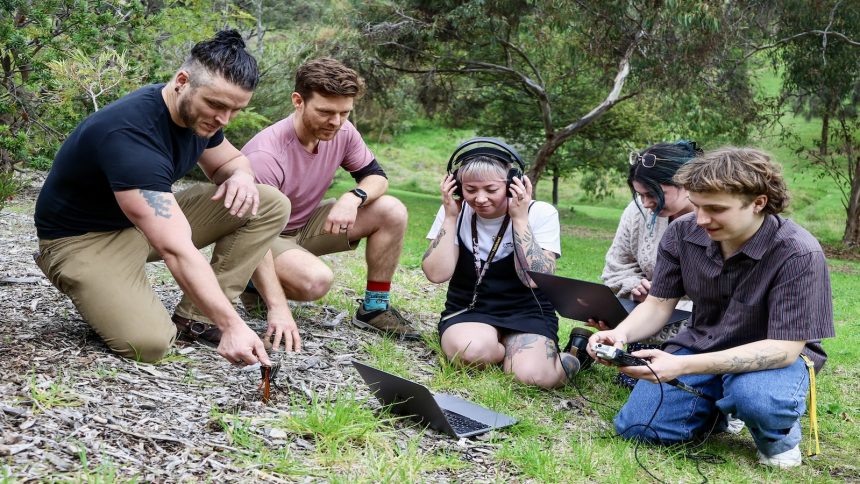Think back to the last concert you attended, imagine the music replaced by the sounds of underground invertebrates – pops, staccatos, taps, and clicks blending into an unsynchronized medley. This unique symphony of vibrations can actually help monitor soil health, according to a study by microbial ecologist Jake Robinson. Ecoacoustics, the study of environmental sounds, can detect organisms in the soil and differentiate between restored and degraded land.
The study recorded soil acoustic samples from deforested plots, restoration areas, and grassy woodlands in Mount Bold, South Australia. It found that degraded plots had lower acoustic complexity, indicating a loss of life belowground and soil degradation. This decline in soil health impacts biodiversity, water cycling, and agricultural productivity worldwide.
Utilizing soil acoustics can provide more accurate readings of soil health compared to traditional methods like counting earthworms. Researchers are experimenting with using sounds to enhance soil restoration efforts, such as playing healthy soil recordings to stimulate beneficial fungi growth. While the application of ecoacoustics in soil monitoring is still developing, the potential for restoring deteriorated soils using soundscapes is promising.





